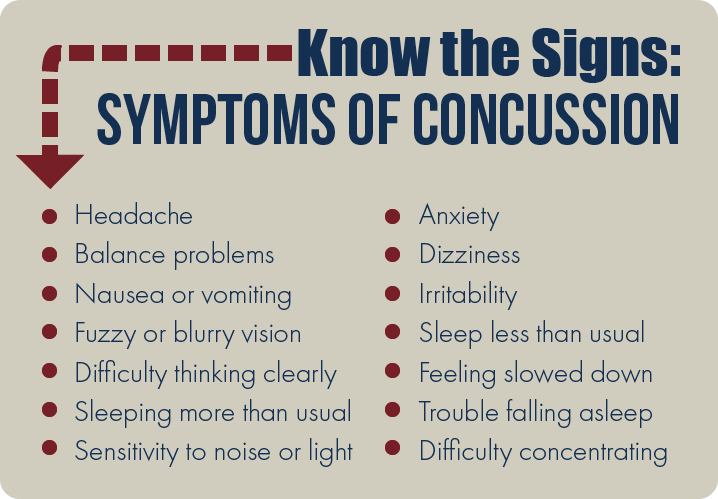Headaches
One major sign and symptom of a binocular vision problem is headaches. Headaches can occur after or during reading, while using the computer, as well as during driving. It is important if you have headaches to see your eye care provider for a full examination.
Headaches and Eye Strain
Chronic eye strain can lead to chronic headaches. While eye strain does not cause permanent damage to your vision or eyes, it can lead to uncomfortable symptoms that can interfere with the quality of your daily life. Fortunately, there are various solutions available for chronic eye strain.
The best way to tell if your headache is caused by eye strain is to eliminate the factors in your life that lead to eye strain. If your headaches go away, you can confidently link them to eye strain. If your headaches persist, worsen, or present with new symptoms, it is time to consult your doctor about potential causes and treatment options.
Headaches and Convergence Insufficiency
A school-aged child who complains of a chronic headache, typically for several months may have Convergence Insufficiency (CI) . The child may have difficulty with learning to read; in particular, the child may hold reading material close to the face in an attempt to overcome the blurry vision. This process usually overtaxes already weak convergence amplitudes, which are a measure of a person's ability to focus both eyes simultaneously on a reading target. The problem may occur several times a week, if not daily, and may occur in school or with homework, with relief on weekends or vacations. The child does not complain of headaches that awaken the child from sleep or of headaches that occur upon awakening in the morning. Nausea and vomiting do not occur with this condition. The child may complain of double vision or may be seen closing or covering one eye, presumably to avoid double vision.
Headaches with Accommodative Insufficiency
The signs and symptoms of this condition are exactly the same as convergence insufficiency. The child may complain of blurry vision or may simply complain of headaches with or after reading. Sometimes, accommodative spasm may be the diagnosis. In this situation, the child becomes focused excessively at near, actually locking the eyes in this focused position. Blurry vision occurs when the eyes are raised to look in the distance. problems sustaining nearsighted focus is referred to as accommodative insufficiency. There are three types of accommodative insufficiency. Sustaining focus at close range is the most common. Difficulty switching focus between near and far, known as accommodative infacility, and accommodative spasm represents two other types.
Accommodative spasm is a spasm of the focusing muscle, preventing it from fully relaxing. This can cause blurry vision at near and far distances. Eye fatigue and eye strain are common symptoms of accommodative insufficiency and can lead to chronic headaches.
Headaches with Strabismus
Any strabismus may cause headaches, with the same signs and symptoms as convergence insufficiency. Frequently, parents may notice a child covers or squints one eye with either reading or distance activity or both. Presumably, this action occurs because the child is attempting to avoid having double vision.
Headaches with Brain Injury
Brain injuries may be classified as traumatic or non-traumatic to describe the cause of the injury. A non-traumatic brain injury is an alteration in brain function or pathology caused by an internal force. Brain injuries may also be classified as mild, moderate, or severe to indicate the initial severity of the injury. Other terms, such as diffuse or penetrating, may be used to describe the type of injury.

According to the Brain Injury Association of America, after an impact or injury to the head, an individual can experience a variety of symptoms. Common symptoms of a brain injury include: Vision changes (blurred vision or seeing double, not able to tolerate bright light, loss of eye movement, blindness) Dizziness, confusion, weakness, poor coordination, or balance problems and headaches.
The Vision Wiki
- Binocular Vision
- Vision Tests
- Suppression Tests
- Worth 4 Dot
- Tests of Stereopsis
- Cover Test
- Definitions
- Signs and Symptoms
- Blurry Vision
- Reading Problems
- Eye Strain
- Driving Problems
- Headaches
- Suppression
- Double Vision
- Motion Sickness and Car Sickness
- Pias Vision
- Visual Skills
- Visual Tracking
- Visual Fixation
- Stereopsis
- Depth Perception
- Visual Accommodation
- Visual Requirements for Baseball
- Visual Requirements for Pilots
- Reading
- Foundational Reading Skills
- Vision and Learning
- Fusion
- Convergence and Divergence
- Reading Skills
- Visual Processing
- Eye Problems
- Physiology of Vision
- Lazy Eye
- Lazy Eye Treatments
- Reading
- Fields of Study
- Research
- Glaucoma
- Virtual Reality
- Organizations
